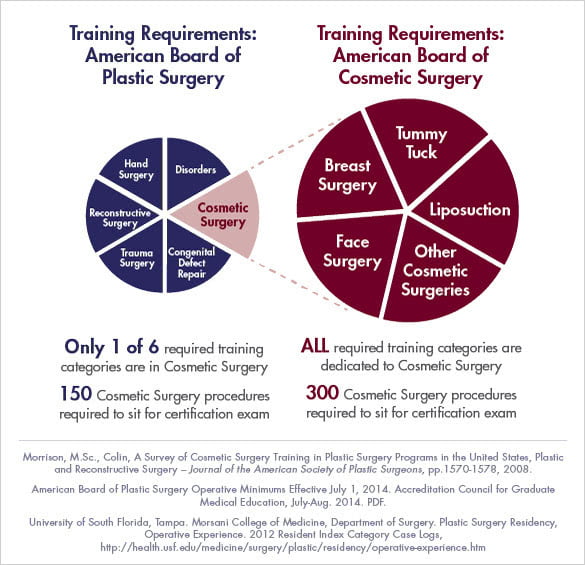
Endoscopic mid-facelift is a popular plastic surgery that requires minimal incisions to improve the facial appearance. This procedure is becoming more popular due to its lower scar potential, long-term results, and minimal postoperative downtime. Continue reading to find out more about the risks and benefits of this procedure. This procedure is not for everyone. You can read on to learn more about the Recovery, Prerequisites, Side Effects, and how it works.
Endoscopic midface lift
A midface surgery called endoscopic mid facelift is performed using this technique. It can enhance the appearance of the entire midface by strengthening multiple layers. Patients between the ages 50 and 60 are ideal candidates. Although this procedure can address signs of aging, it should be realistically viewed by patients. Patients should be in good health. They shouldn't be taking blood thinners. The mid face lift is an excellent choice for patients experiencing signs of aging in the midface area.
You will feel bruising, swelling, and numbness after an endoscopic mid-face lift. These symptoms last about a week. The recovery process will vary from one person to another. It is best to avoid strenuous activities during the first few weeks. Most sutures will disintegrate within one week. Within three months, the results of this procedure should be apparent. For the first few nights, patients should keep their heads elevated. You will look and feel younger with the endoscopic midface lift procedure.

Side effects
While mid-face lift surgery is relatively safe, there are some risks. These include bleeding, infection, and poor wound heal. During your consultation, you will learn more about the possible complications and side effects of this procedure. While the surgery may have life-changing consequences, the risks far outweigh any benefits. To avoid any complications, make an appointment with a board-certified anesthesiologist. The surgeon can also discuss any specific post-operative care needs.
Patients should wash hair the morning after their procedure. After surgery, water and approved medications may be consumed. It is a good idea that someone stays with you for the first night to help you get home. Additionally, you might experience some bruising and swelling. These side effects can be managed by your physician with pain medication. Patients should expect to recuperate for between one and three weeks after their surgery.
Prerequisites
There are some things you need to know before you decide to undergo a mid-face lift. Insurance companies do not cover cosmetic procedures like this. Although the procedure won't cause permanent damage, it is worth considering if you have ever suffered from facial sagging or nasolabial folds. A mid facelift surgery is not recommended for those with these conditions.
General or deep sedation is available for mid facelifts. This procedure is typically performed in an outpatient hospital, but it can also be done with local anesthesia in a hospital. This procedure can be combined with others to improve results. It only takes about an hour to complete. The recovery is fast and swelling and bleeding are minimal. Patients are encouraged to sleep with their head elevated the night after the procedure. Ice packs should be applied to the affected areas for the first few days. After the procedure, patients can take a low-dose prescription pain medication.

Recovery
While mid-facelift surgery isn't an invasive procedure it can still cause complications. This can lead to poor wound healing or prolonged ecchymosis and poor scarring. Smoking, diabetes mellitus and immunosuppression are all risk factors. Patients with such risk factors should be medically evaluated prior to elective surgery. Patients usually experience little discomfort and pain after mid-facelift surgery.
While the initial days can be rough, you should expect to be back in your normal routine within a few days. You may experience some swelling, numbness, tightness, or bruising. These side effects typically last for at least a week, but should subside with some rest. Most sutures will dissolve in a week or two. After six to twelve weeks, you can resume your normal activities.